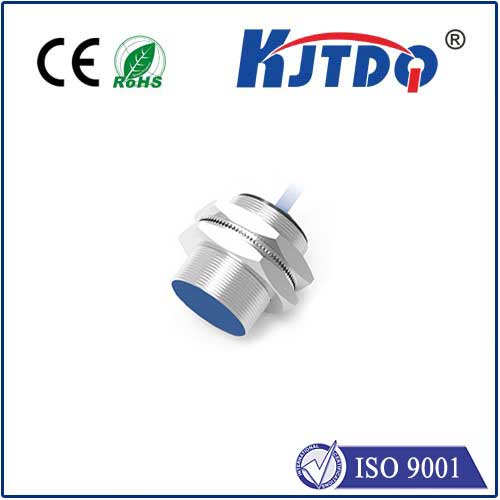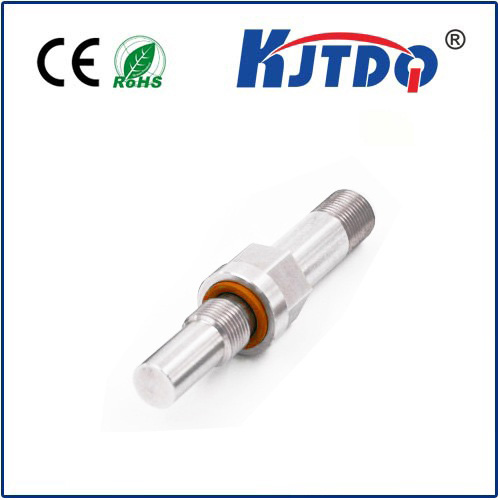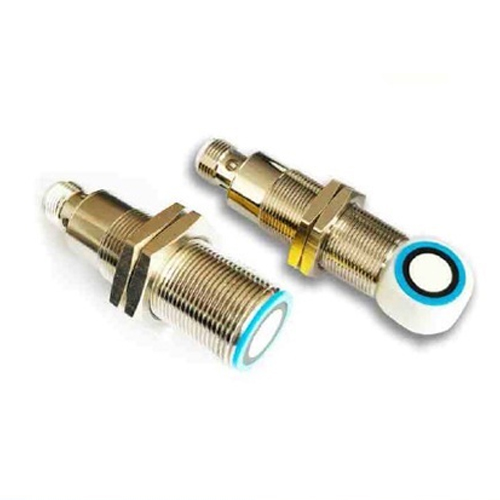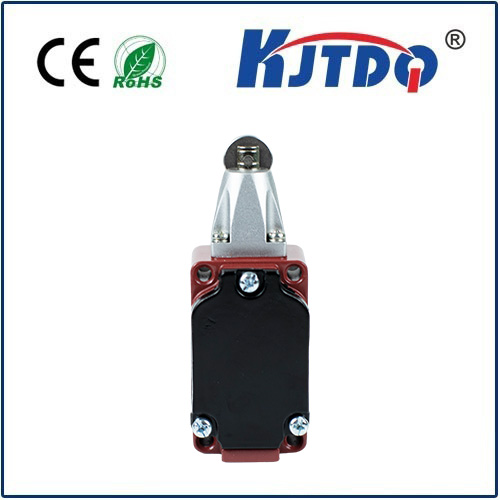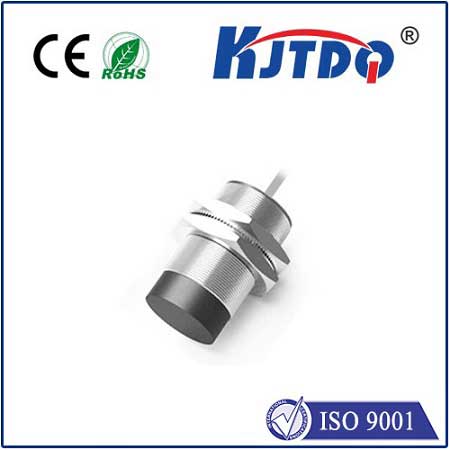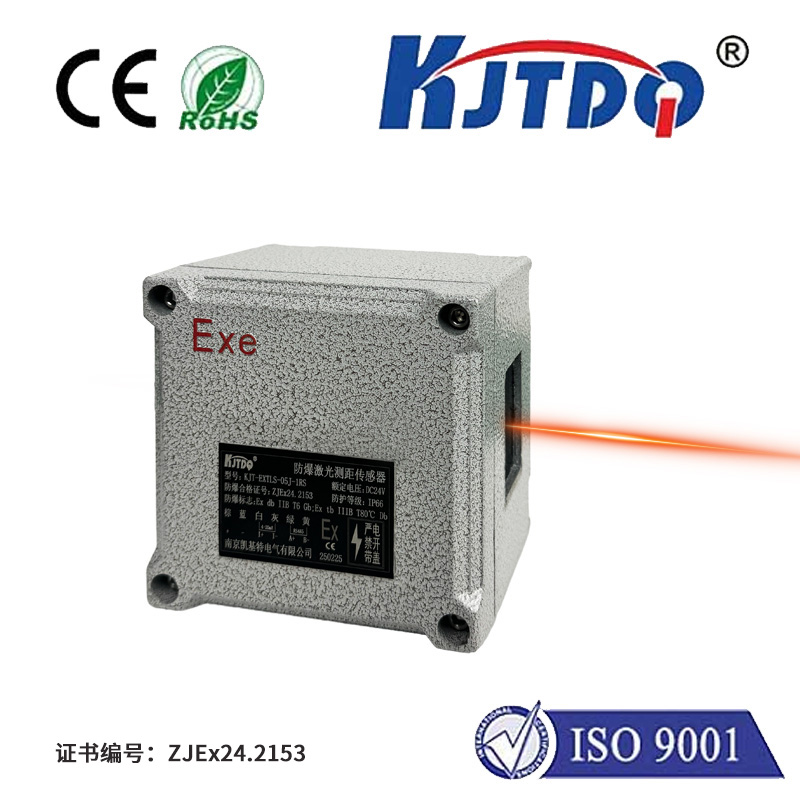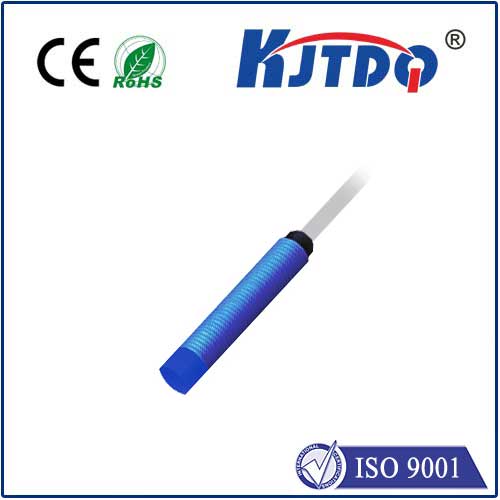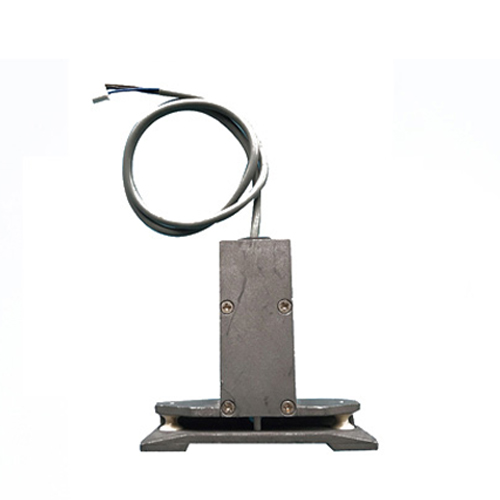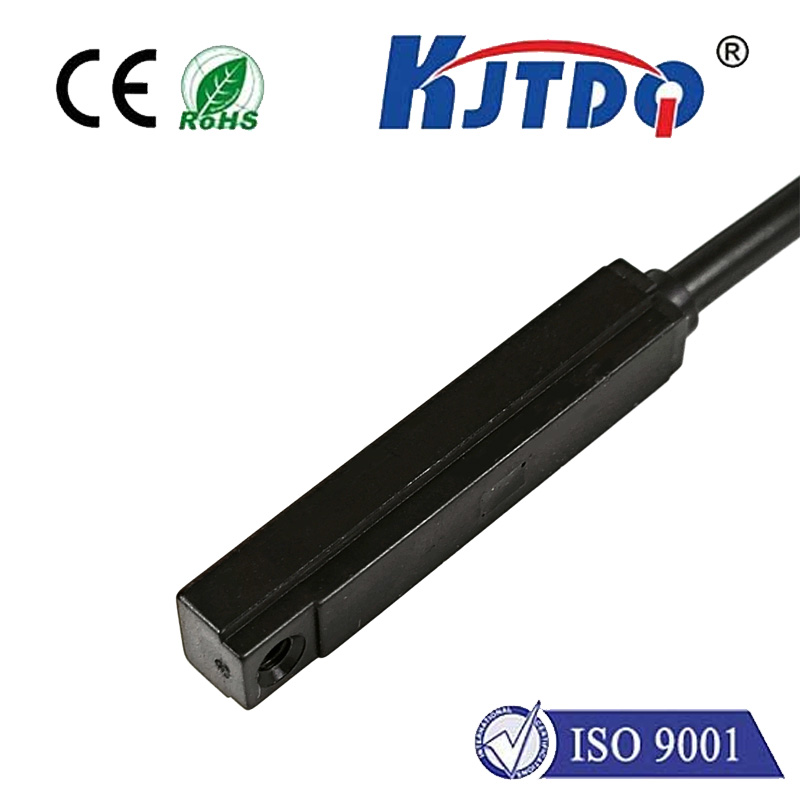photoelectric switch jl 103a
- time:2025-07-25 03:39:29
- Click:0
JL 103A Photoelectric Switch: Affordable & Reliable Object Detection for Automation
Imagine a crucial production line grinding to a halt because a simple part isn’t detected at the right moment. Or consider the inefficiency of manual counting in high-speed packaging. These are everyday challenges where a dependable, cost-effective sensor becomes the hero. Enter the photoelectric switch JL 103A, a workhorse in the world of industrial automation, designed to provide reliable through-beam object detection without breaking the bank.
Understanding the Photoelectric Switch JL 103A
At its core, the JL 103A is a through-beam photoelectric sensor. This means it operates with two distinct units: an emitter and a receiver. The emitter consistently projects a focused beam of light – typically infrared (IR), making it invisible to the human eye but easily detectable by the receiver. When this light beam travels uninterrupted from the emitter to its paired receiver, the sensor registers a “clear” state.
The magic happens when an object enters the path. The object interrupts the light beam. This interruption is instantly detected by the receiver, causing the JL 103A to switch its output state. This simple principle – beam present = no object, beam blocked = object present – forms the foundation for countless detection tasks. The JL 103A photoelectric sensor is engineered specifically for this application, prioritizing straightforward functionality and robust performance in typical industrial settings.

Key Advantages of the JL 103A Photoelectric Sensor
Why choose the JL 103A? Its popularity stems from several distinct advantages tailored for practical applications:
- Exceptional Cost-Effectiveness: Designed for tasks demanding reliable presence detection without complex features, the JL 103A switch offers a significant price advantage compared to more sophisticated or long-range sensors. This makes it ideal for cost-sensitive projects or high-volume applications.
- Simple Installation and Alignment: As a basic through-beam sensor, setup is generally straightforward. Aligning the emitter and receiver across the desired detection path is its primary requirement. Many JL 103A kits include mounting brackets to facilitate this process.
- Reliable Object Detection: When correctly aligned and within its specified operating range, the JL 103A provides highly dependable switching. The through-beam principle inherently offers the longest sensing distances and is generally least susceptible to object surface characteristics (color, texture, reflectivity) compared to retro-reflective or diffuse sensors. Interruption equals object presence, reliably.
- Robust Construction for Industrial Environments: Typically housed in rugged plastic or metal casings, the JL 103A is built to withstand the rigors of factory floors. Features often include protection against dust and moisture (e.g., IP65 or IP67 ratings) and resistance to common electrical noise.
- Fast Response Time: Capable of detecting interruptions at high speeds, making it suitable for applications on fast-moving conveyor lines or for counting rapidly passing objects.
Where is the JL 103A Photoelectric Switch Used?
The versatility and reliability of the JL 103A photoelectric sensor make it a common sight across various sectors:
- Conveyor Systems: Detecting the presence or absence of products, boxes, or components moving along a line. Activating sorting gates, triggering counters, or confirming feed positions are classic applications. Its reliability is key for preventing jams.
- Packaging Machinery: Controlling filling levels by detecting containers on an indexing table, verifying carton flap closure, or initiating sealing processes upon package detection.
- Material Handling: Monitoring the passage of pallets through doorways, detecting objects on lifts or elevators for positioning control, or safeguarding automated guided vehicles (AGVs) at critical points.
- Assembly Lines: Ensuring parts are correctly positioned before a robotic arm operates, confirming component placement, or triggering the next stage in an assembly sequence. The JL 103A switch acts as a vital checkpoint.
- Simple Counting Tasks: Accurately tallying products, bottles, or boxes passing a specific point on a conveyor belt. Its fast response is crucial for high-speed counting.
- Security and Safety: Creating simple intrusion detection beams across doors or corridors, or acting as safety tripwires on machinery where beam interruption triggers an immediate stop command.
Practical Considerations for JL 103A Implementation
To maximize the effectiveness of your JL 103A sensors, keep these practical tips in mind:
- Secure Alignment: The single most critical factor. Use mounting brackets consistently and ensure the emitter and receiver are firmly fixed and precisely aligned. Even slight misalignment over time can cause false triggers. Regularly check alignment, especially in vibrating environments.
- Understand Operating Range: While through-beam offers good range, every JL 103A model has a specified maximum sensing distance. Ensure the distance between your emitter and receiver falls comfortably within this specification. Exceeding it will lead to unreliable detection. Always consult the specific datasheet.
- Mind the Environment: Consider ambient light and potential obstructions. Extremely bright ambient light (like direct sunlight focused on the receiver) could potentially interfere, though IR light helps mitigate this. Strong air currents carrying dust or steam can sometimes scatter or block the beam. Ensure the installation path is clear.
- Electrical Compatibility: Verify the JL 103A’s output type (typically NPN or PNP, normally open or closed) and voltage rating match your control system’s input requirements (e.g., PLC input module). Connecting incompatible signals can damage equipment.
- Lens Maintenance: Keep the emitter’s and receiver’s lenses clean. Dust, oil, or grime buildup can reduce light transmission, diminishing the effective sensing range or causing instability. Periodic cleaning with a soft cloth is recommended.
The photoelectric switch JL 103A stands as a testament to the power of simple, well-executed engineering. It solves the fundamental problem of object presence detection with impressive reliability and affordability. While it may lack the bells and whistles of more advanced sensors – like background suppression, analog outputs, or long-range laser capabilities – its core function is executed exceptionally well. For countless applications requiring a straightforward “yes” or “no” answer to the question “Is something blocking this path?”, the JL 103A remains an enduringly popular, robust, and cost-efficient solution integral to keeping automated systems running smoothly and efficiently.







